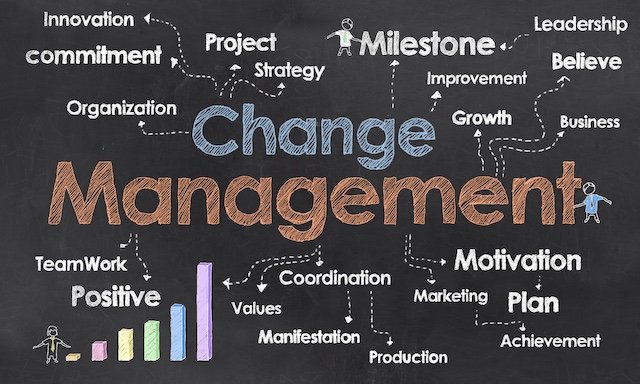What Is Upward Mobility?
Upward mobility empowers professionals to systematically progress in their vocations through upskilling, achievement, and seeking positions that maximize their potential. In clear terms, upward mobility is professional growth that allows individuals to progress into roles with greater pay, authority, responsibility, and status through merit and achievement.
Within a company, upward mobility may involve transitioning from entry-level to management by demonstrating strong performance. Mobility may also come from acquiring new skills to earn promotions above one’s current position. Employees can voice interest in advancement opportunities during reviews to help drive their upward movement.
At the same time, people can boost their mobility by changing employers to access higher-level roles elsewhere that better match their capabilities. Building an impressive resume allows more optionality to pivot towards openings with advancement potential above and beyond what may be accessible internally.
How Is Upward Mobility Relevant to HR?
Upward mobility is crucial in HR as it pertains to the development and advancement of employees within the organizational hierarchy. HR is pivotal in designing and implementing programs that foster career growth and progression. By creating pathways for upward mobility, HR contributes to employee engagement, satisfaction, and retention. This proactive approach aligns with talent management strategies, ensuring a skilled and motivated workforce. HR’s focus on upward mobility also supports succession planning, identifying and nurturing internal talent to fill leadership positions. Ultimately, emphasizing upward mobility enhances organizational agility and strengthens the employer’s reputation as an advocate for professional development.
What Are Some Examples of Upward Mobility at a Company?
Upward mobility within a company provides employees with opportunities to progress in their careers over time. For example, a strong performer could be promoted from an entry-level customer service role into a customer service supervisor position with management duties after successfully demonstrating leadership skills. An accountant may pursue additional accounting certifications that qualify them for a senior accountant promotion with higher pay and responsibilities. Ambitious sales representatives who consistently meet their targets can also experience upward movement by advancing from an associate to a director position with expanded client portfolios and teams to manage.
Other examples include IT technicians who acquire new technical expertise to transition into an IT specialist role or operations assistants who cross-train into coordinator roles that provide fresh challenges to take on.




